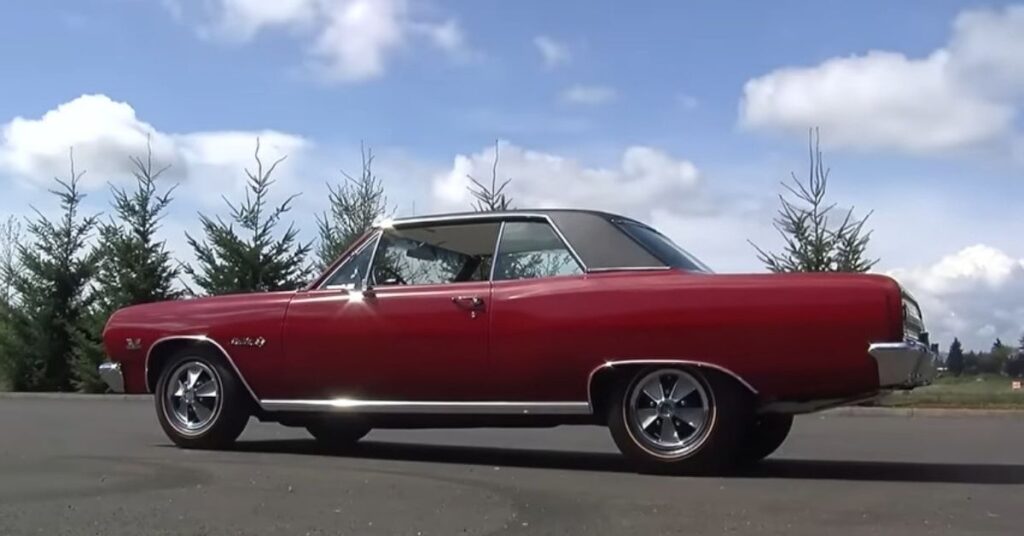The 1960s marked a pivotal period in automotive history, with the rise of the muscle car era. Manufacturers were competing to create powerful, high-performance vehicles that would capture the hearts of American car enthusiasts. Pontiac started the trend with the 1964 GTO, and Chevrolet wasn’t far behind. Their response was the 1965 Malibu SS, which became the canvas for the Z16 package.
The Rise of the Muscle Car Era
Before diving into the specifics of the Malibu SS 396 Z16, let’s take a moment to appreciate the context in which it emerged. The muscle car era was fueled by a combination of factors, including advancements in engine technology, the desire for speed, and a youth culture that craved excitement and rebellion. This perfect storm gave birth to some of the most iconic and sought-after vehicles in automotive history.
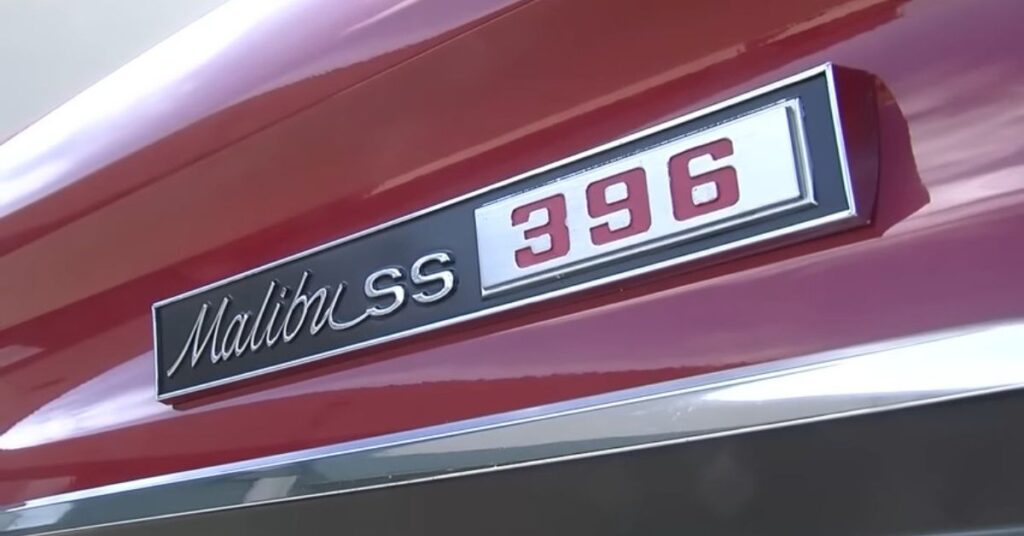
Chevrolet, a brand synonymous with American automotive excellence, couldn’t afford to sit idly by while the muscle car revolution was in full swing. The 1965 Malibu SS, part of the mid-sized Malibu lineup, served as the foundation for their foray into the high-performance realm. This was a strategic move to capture the attention and wallets of performance-minded buyers.
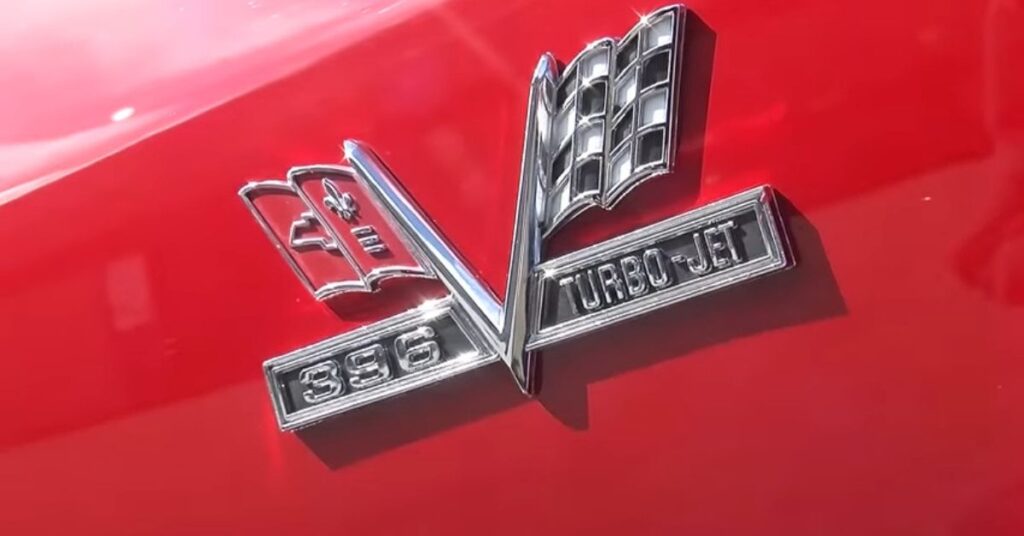
Unleashing the Fire-Breathing V8
At the heart of the Z16 package was the legendary 396 cubic inch V8 engine. This powerplant unleashed a staggering 375 horsepower and a mind-blowing 420 foot-pounds of torque. The 396 engine was a fire-breathing monster that propelled the Malibu SS with exhilarating speed and authority.
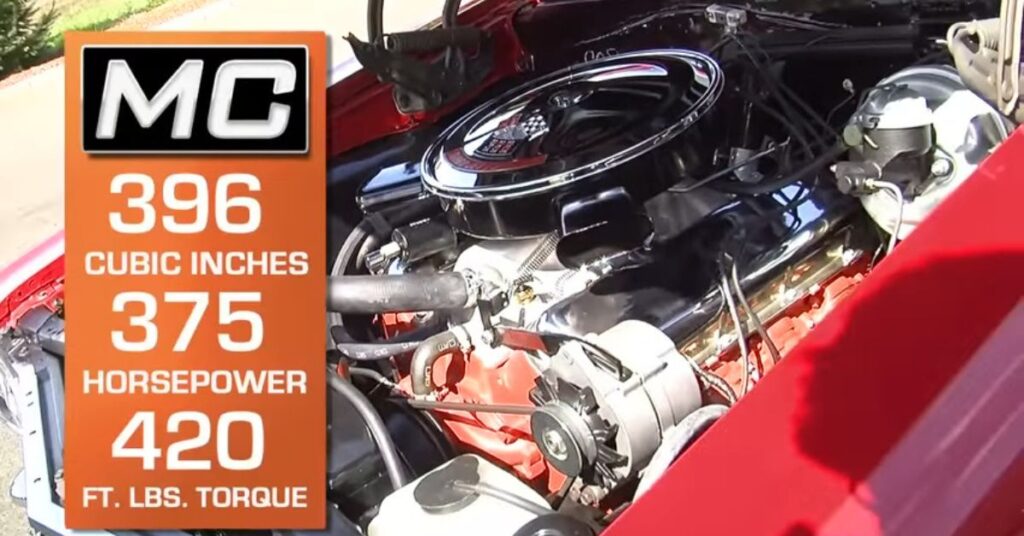
The Z16 package was not just about raw power; it also brought a host of desirable features to the table. Some of the standard equipment included the 396 cubic inch V8 engine, a 4-speed transmission, deluxe rear seat belts, and an AM/FM multiplex stereo system with an 8-track player—a testament to Chevrolet’s commitment to innovation and cutting-edge technology.
A Look Under the Hood: The L-37 396 Engine
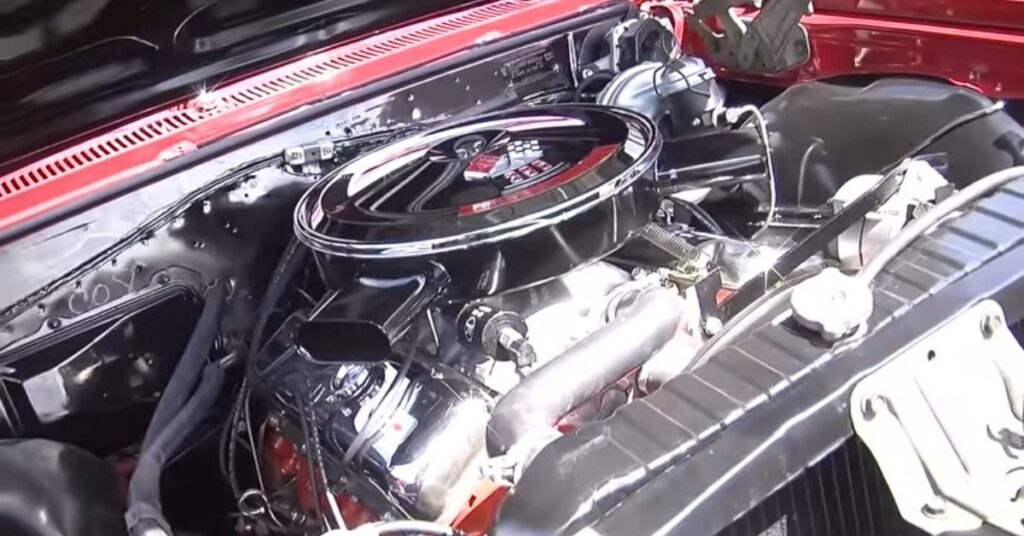
To handle the immense power of the Z16 package, Chevrolet implemented several performance-oriented components. The Malibu SS 396 Z16 featured a specially designed 12-bolt rear axle, borrowed from full-size Chevrolet models but modified to fit the mid-sized platform. The heavy-duty 11-inch front brakes ensured that this high-performance machine could come to a stop when needed.

Taking a closer look at the 396 engine, we find that it shares many similarities with the L78 396 engine found in the Corvette. The key difference lies in the power ratings, with the Malibu version rated at 375 horsepower compared to the Corvette’s 425 horsepower. Despite this difference, the engines shared the same core components, such as the four-bolt main block, 11:1 compression ratio, aluminum intake, high-flow heads, Holley carburetor, and hydraulic camshaft.
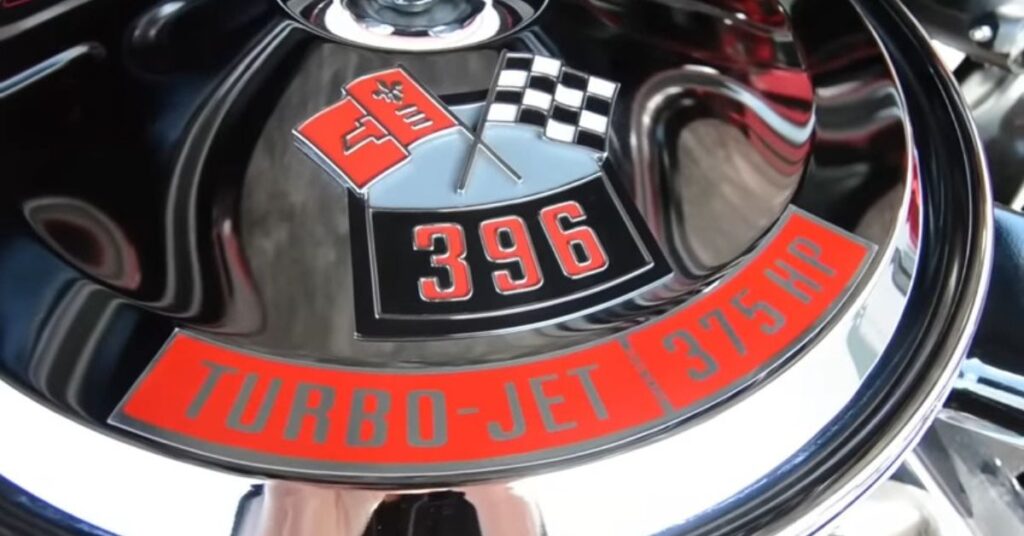
A Comparison to the Corvette
The Corvette has always been Chevrolet’s flagship performance vehicle, often receiving the most potent engines. When comparing the 396 engines of the Z16 and the Corvette, it becomes apparent that they are nearly identical.
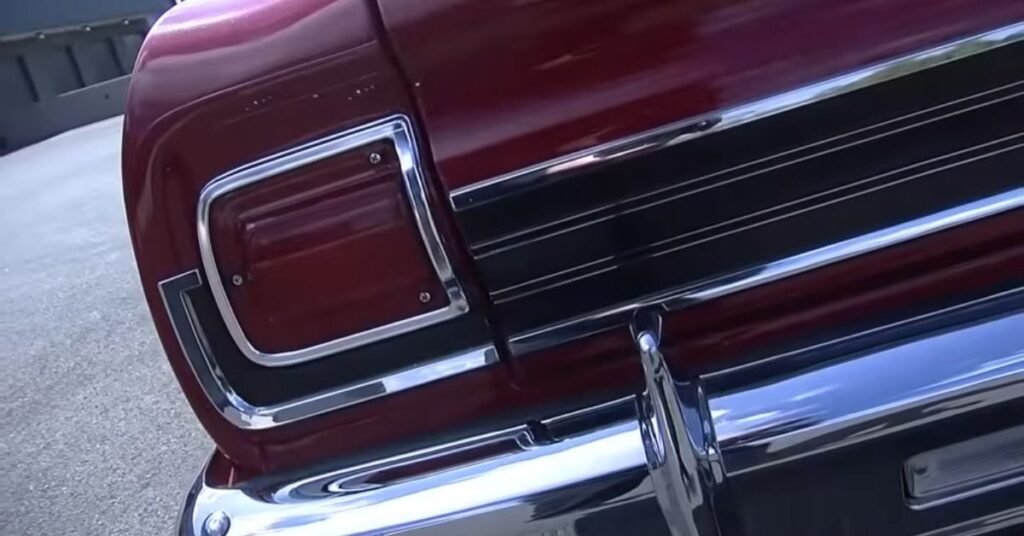
Some slight variations in the camshaft and exhaust manifolds account for the difference in power output. Many enthusiasts believe that the Z16’s 375 horsepower rating was conservative and that it delivered more power in reality.
Impressive Performance Despite Limitations
The Z16 package pushed the Malibu SS to remarkable performance levels. Despite having a non-posi rear axle and relatively narrow 14-inch tires, these cars were capable of consistent low-14-second quarter-mile times. This was a testament to the power and engineering prowess of Chevrolet during the golden age of muscle cars.

Visual Cues and Identifying Features
To distinguish the Z16 from other Malibu SS models, Chevrolet added several visual cues. The “Malibu SS” badge was moved from the rear quarter panel to the front fender, and a cross flag emblem denoting the 396 Turbo Jet engine was proudly displayed on the front. The rear treatment was also unique, with trim that only went halfway up the deck lid, leaving the top half in the body color.
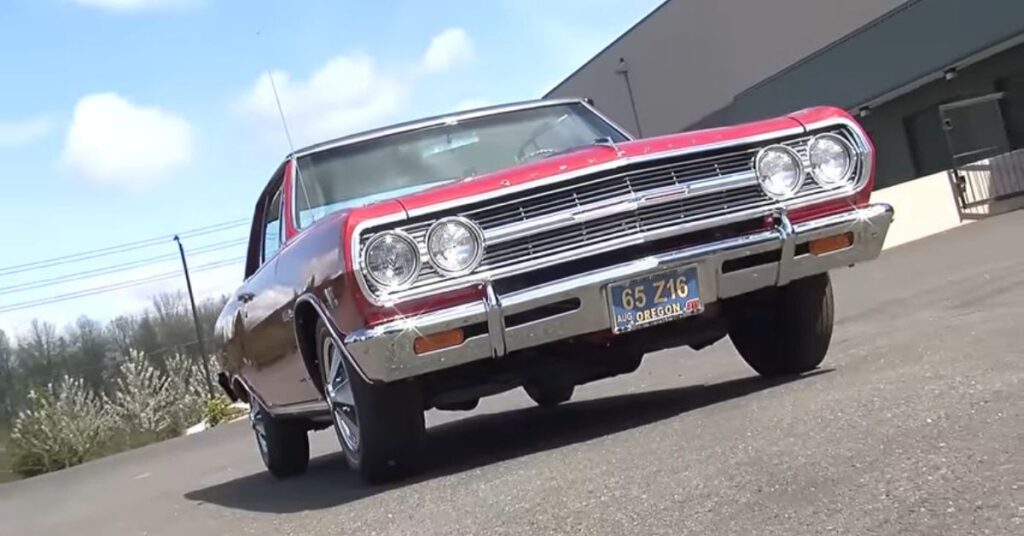
Despite the Z16’s desirability and performance credentials, Chevrolet produced only a limited number of these remarkable machines. It is estimated that around 201 units were built, and today, only a fraction of them survive. The rarity and exclusivity of the Z16 make it a highly sought-after collectible among muscle car enthusiasts.
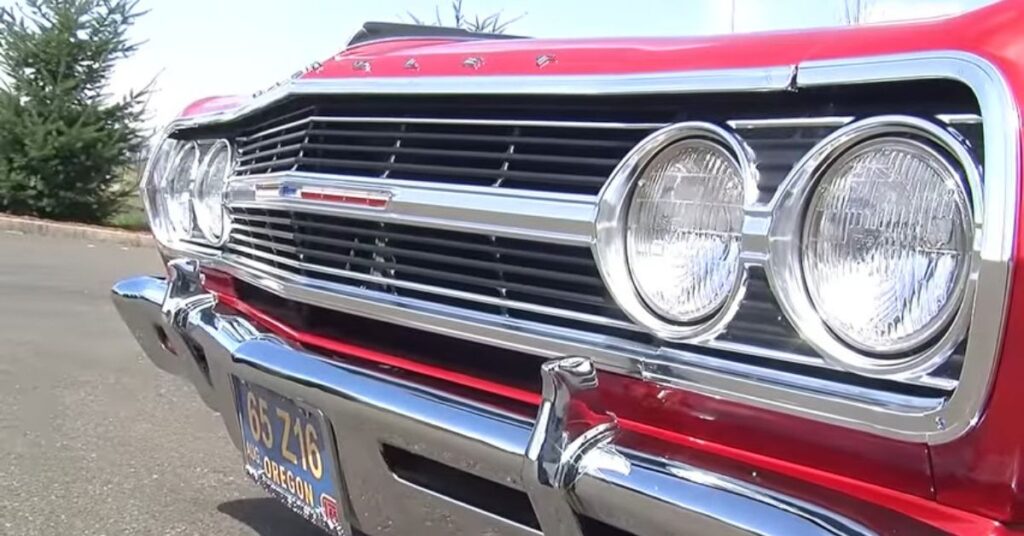
Conclusion
The 1965 Chevrolet Malibu SS 396 Z16 holds a special place in the pantheon of muscle cars. With its potent engine, stunning visual cues, and limited production numbers, it represents the pinnacle of Chevrolet’s performance offerings in the mid-60s. This iconic machine embodies the spirit of the era and continues to captivate enthusiasts with its power, rarity, and timeless design. Owning a Z16 is not just owning a car; it is owning a piece of automotive history.


